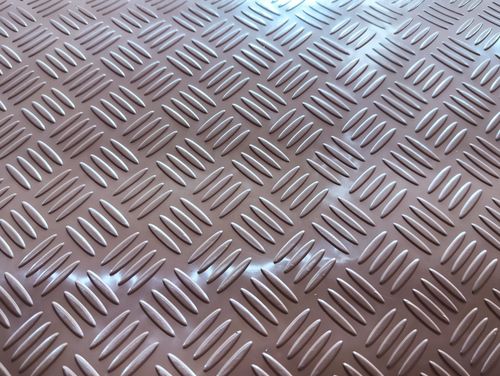In this context, there are two widely recognized regulations that establish specific standards for evaluating and classifying the slip resistance of different surfaces: DIN 51130 and DIN 51097. At PUK Portacables we know that the infrastructures that require our services are often exposed to a variety of conditions that require special attention to safety, so the application of these standards is of vital importance.
A few days ago we were talking on our Instagram profile about the German DIN 51130 certification, as our floor channel covers have anti-slip resistance according to this standard. But what exactly does it consist of? How are the materials evaluated?
DIN 51130: Pavement risk classification for footwear traffic
DIN 51130 focuses on the classification of risks associated with slip-resistant surfaces on which some type of footwear is expected to be worn. This standard establishes a specific test method using an inclined plane, where the slip resistance of materials is evaluated under different conditions. The degree of adherence of surfaces is indicated by the letter R and a number between 9 and 13, with R9 being a suitable certification for areas with a low risk of slipping, and R13 for extremely slippery environments. At PUK Portacables, our floor channel covers have an R12 anti-slip resistance according to this standard, to ensure maximum safety.
The environments in which we often work can present specific challenges, such as the presence of oils, liquids and dust, so choosing anti-slip flooring with an appropriate rating can make all the difference to worker safety.
DIN 51097: Slip evaluation on wet surfaces
On the other hand, DIN 51097 complements the evaluation of slip resistance on surfaces with a special focus on wet areas such as swimming pools and showers. Applying DIN 51097 in the industrial context involves considering how the flooring reacts to the presence of liquids and ensuring that slip resistance is maintained even in wet conditions. This is especially relevant in areas where liquids are stored or where spills may occur.
Accident prevention, a key issue in industry
Reducing the potential hazards to which workers can be exposed is a central issue in any industry, and the choice of a suitable slip-resistant flooring in accordance with DIN 51130 and DIN 51097 can make a significant contribution to accident prevention.
When making this selection, it is crucial to assess the specific nature of the environment. The presence of substances such as oils, industrial liquids and dust can influence the required risk classification. In addition, considering the ease of cleaning and maintenance of the flooring is essential to ensure its long-term effectiveness.
Considering and using products in accordance with DIN 51130 and DIN 51097 not only demonstrates a commitment to safety, but can also have positive legal implications by complying with internationally recognized standards. Furthermore, in industrial environments where safety is paramount, investment in quality slip-resistant flooring translates into worker protection and continuity of operations.
If you need advice for your project, do not hesitate to contact us and our team of experts will study your case to offer you the best solution, with PUK's German Made quality guarantee.
